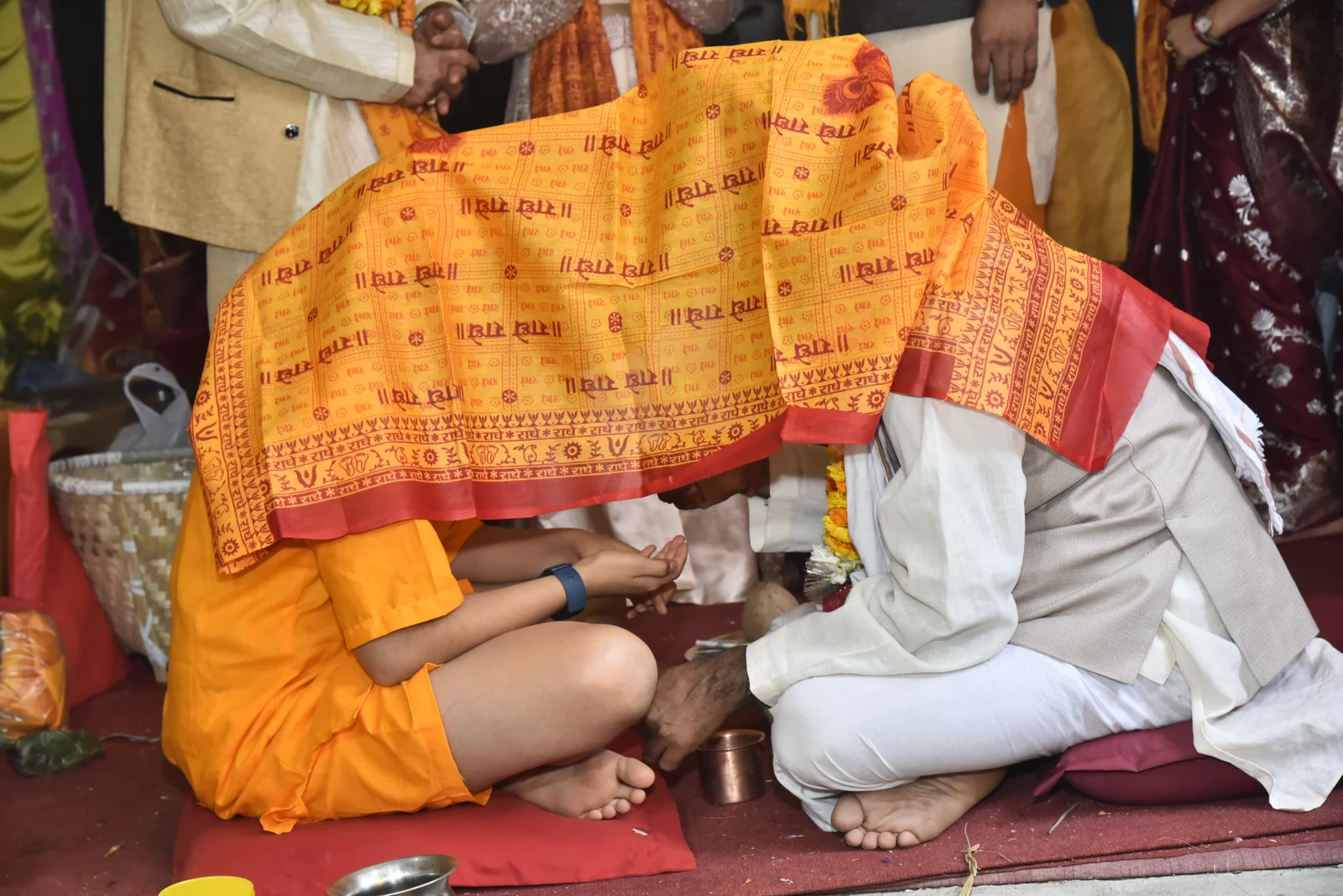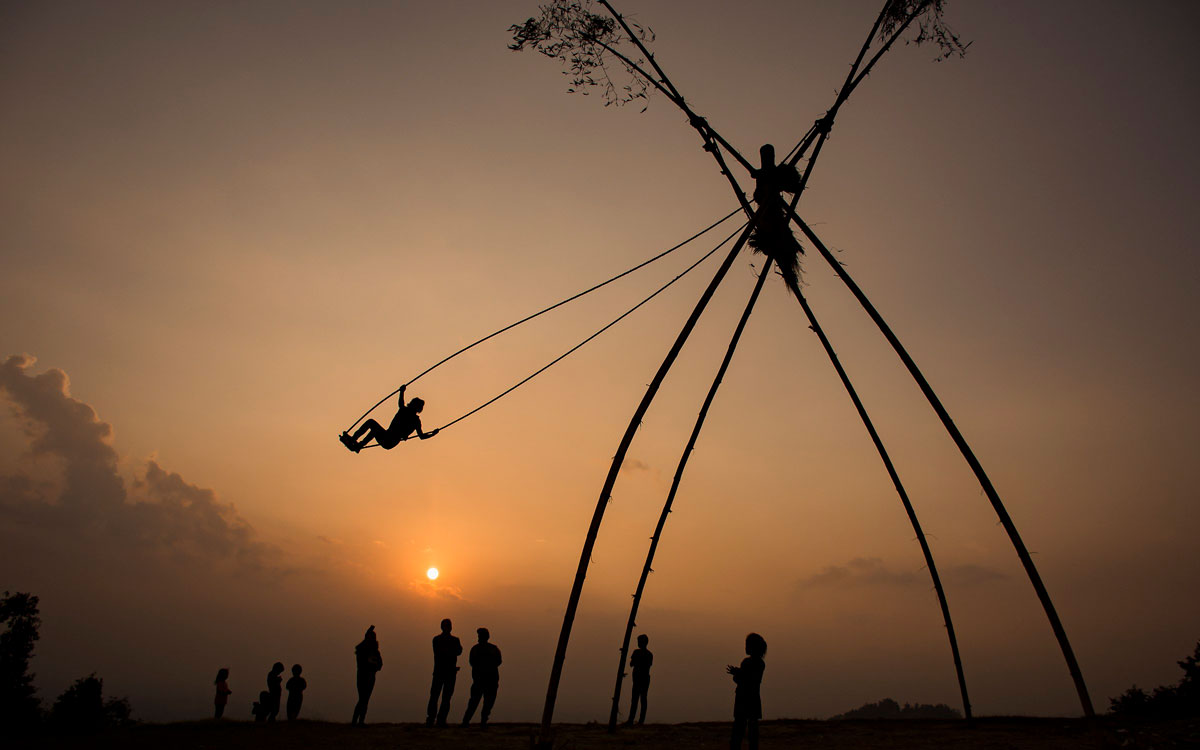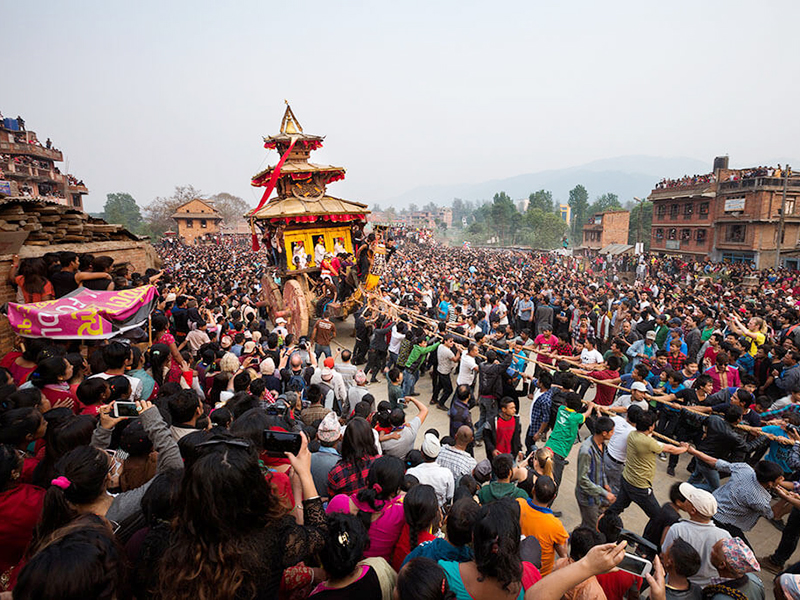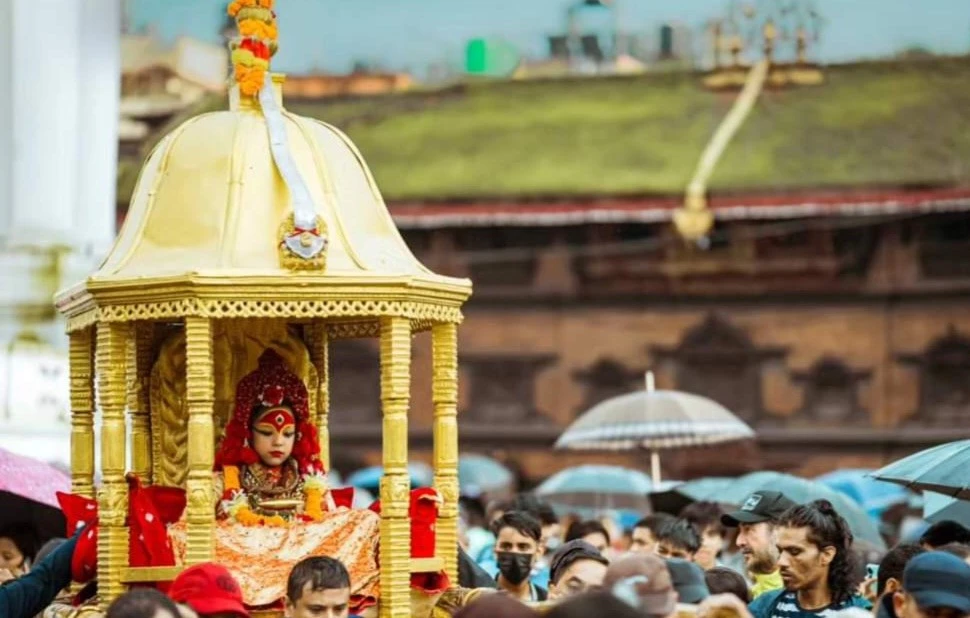Share this Article
Introduction
Rudraksha beads hold a deep spiritual and cultural significance in Nepali society. Derived from the Rudraksha tree (Elaeocarpus ganitrus), these sacred beads are considered to be infused with divine energy, particularly the essence of Lord Shiva. In Hindu tradition, Rudraksha is believed to offer protection, promote spiritual growth, and enhance meditation practices. Whether worn as jewelry or used in religious rituals, Rudraksha beads are revered for their power to connect the wearer with the divine. In Nepal, the use of Rudraksha is widespread, with its origins intertwined with Hindu mythology and religious practices.
Mythological Origins of Rudraksha
The word Rudraksha comes from two Sanskrit words: "Rudra," a name for Lord Shiva, and "Aksha," meaning eyes, translating to “the tears of Shiva.” According to Hindu mythology, Lord Shiva, in deep meditation, shed tears of compassion when he saw the suffering of living beings. These divine tears fell to the Earth and sprouted into Rudraksha trees, making the beads a direct symbol of Shiva’s grace. As such, Rudraksha is considered sacred, and wearing these beads is believed to grant the wearer blessings, protection, and a deeper connection to the divine.
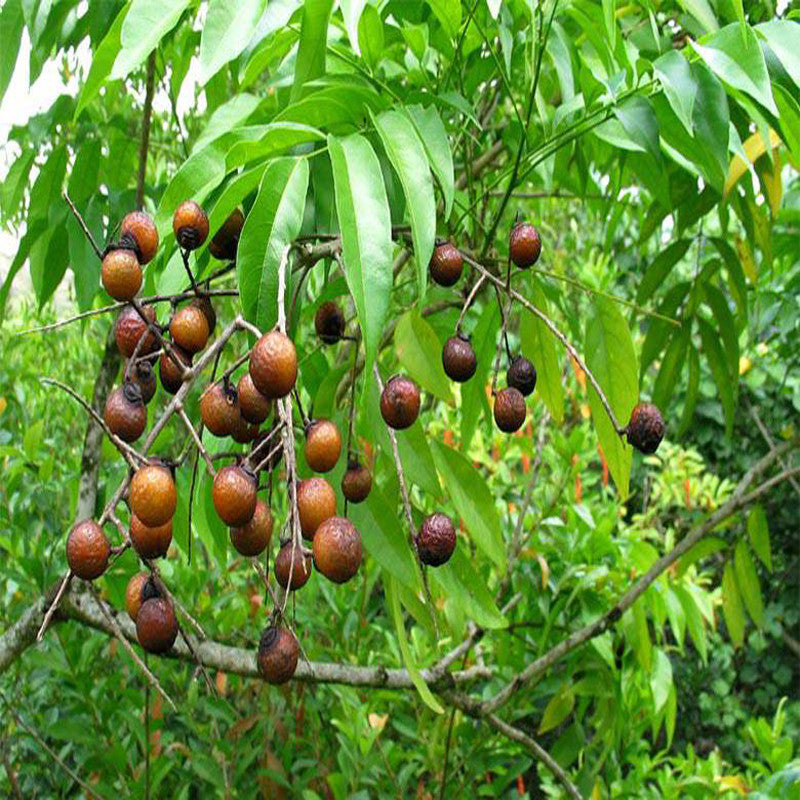
The Rudraksha Tree and Harvesting Process
The Rudraksha tree, native to Nepal and parts of India and Southeast Asia, bears small blue berries that contain the sacred beads. The regions of eastern Nepal, particularly Bhojpur, are well-known for Rudraksha cultivation. When the fruits ripen, they are harvested, and the beads are carefully extracted, cleaned, and polished for use.
Each Rudraksha bead has natural ridges or facets called mukhis, and the number of these facets ranges from 1 to 21, with each type holding different spiritual significance. For example, Ek Mukhi (one-faced) beads are considered to be the rarest and most powerful, symbolizing the ultimate union with Shiva, while Panch Mukhi (five-faced) beads are more common and are said to promote general well-being and peace.
Types of Rudraksha and Their Symbolism
The number of mukhis on a Rudraksha bead determines its spiritual significance, with each type offering unique benefits:
- Ek Mukhi Rudraksha (One-Faced):
- Associated with Lord Shiva, this rare bead symbolizes ultimate spiritual enlightenment and is believed to free the wearer from worldly attachments.
- Associated with Lord Shiva, this rare bead symbolizes ultimate spiritual enlightenment and is believed to free the wearer from worldly attachments.
- Panch Mukhi Rudraksha (Five-Faced):
- The most common type, representing the five forms of Lord Shiva. It is worn for general well-being, inner peace, and protection from negative energies.
- The most common type, representing the five forms of Lord Shiva. It is worn for general well-being, inner peace, and protection from negative energies.
- Gauri Shankar Rudraksha:
- A twin bead representing the union of Lord Shiva and Goddess Parvati, symbolizing harmony in relationships and balance in life.
- A twin bead representing the union of Lord Shiva and Goddess Parvati, symbolizing harmony in relationships and balance in life.
Ritual Practices with Rudraksha
In Nepali culture, wearing Rudraksha comes with certain spiritual guidelines. It is believed that those who wear Rudraksha must live in alignment with its sacred energy, which means refraining from lying, eating meat, or consuming alcohol. Wearing Rudraksha encourages the wearer to adopt a more virtuous lifestyle, reflecting the purity and asceticism associated with Lord Shiva.
Elderly individuals in Nepal often tie three Rudraksha beads together and wear them on their upper arms, believing it provides protection and strength. Similarly, devotees commonly wear a Rudraksha mala (prayer necklace) consisting of 108 beads, a number that holds immense significance in Hinduism. The mala is used to count prayers or mantras during meditation, with the most popular being "Om Namah Shivaya," a powerful invocation to Lord Shiva. Counting the beads helps keep focus during meditation and brings peace of mind.
Benefits of Wearing Rudraksha
Rudraksha beads are believed to offer both spiritual and physical benefits. Spiritually, they help the wearer remain centered, calm, and focused during meditation. It is said that Rudraksha beads promote inner peace and reduce stress, while also serving as a shield against negative energies.
In terms of health, many believe that Rudraksha helps balance the body's energies and can aid in regulating blood pressure, increasing concentration, and improving emotional well-being. The beads are said to stimulate positive energy and align the mind and body for spiritual growth.
The Significance of Rudraksha in Nepali Households
Rudraksha plays an essential role in Nepali households, especially in Hindu families. Wearing or keeping Rudraksha in the home is believed to bring protection, prosperity, and blessings. Beads are often placed in prayer rooms or hung in sacred spaces, where they are worshipped as a symbol of divine power.
During auspicious occasions like weddings or religious ceremonies, Rudraksha is often gifted as a token of good fortune and protection. Many families pass down Rudraksha malas or individual beads as heirlooms, preserving the tradition across generations.
Additionally, during the sacred month of Shrawan, which is dedicated to Lord Shiva, Nepali devotees wear Rudraksha and offer prayers at Shiva temples as a sign of devotion. Many devotees fast during this time and wear Rudraksha as part of their spiritual practice to seek blessings and inner purification.
Modern-Day Use and Relevance
While Rudraksha beads remain deeply rooted in traditional religious practices, they have also found a place in modern fashion and wellness. People today wear Rudraksha as jewelry—necklaces, bracelets, or even earrings—not only for their spiritual significance but also for their aesthetic beauty. The beads are crafted into various designs and integrated into contemporary styles, while still retaining their spiritual symbolism.
In addition, Rudraksha has become popular outside of religious contexts, with individuals using the beads as part of holistic healing practices. The belief in its calming and protective powers has spread globally, with many seeking Rudraksha for its purported ability to enhance meditation and mindfulness.
Conclusion
Rudraksha beads, with their rich mythology and deep spiritual significance, continue to play an important role in Nepali culture. Whether worn for religious devotion, spiritual growth, or simply as a symbol of protection, these beads embody a timeless connection to the divine energy of Lord Shiva. The practices surrounding Rudraksha in Nepal, from the daily use of malas for prayer to their importance in household rituals, highlight the enduring reverence for these sacred beads across generations.
Categories:
Culture & Traditions
,
History & Heritage
,
Lifestyle & Local Life
Tags:
tradition
,
rudraksha


